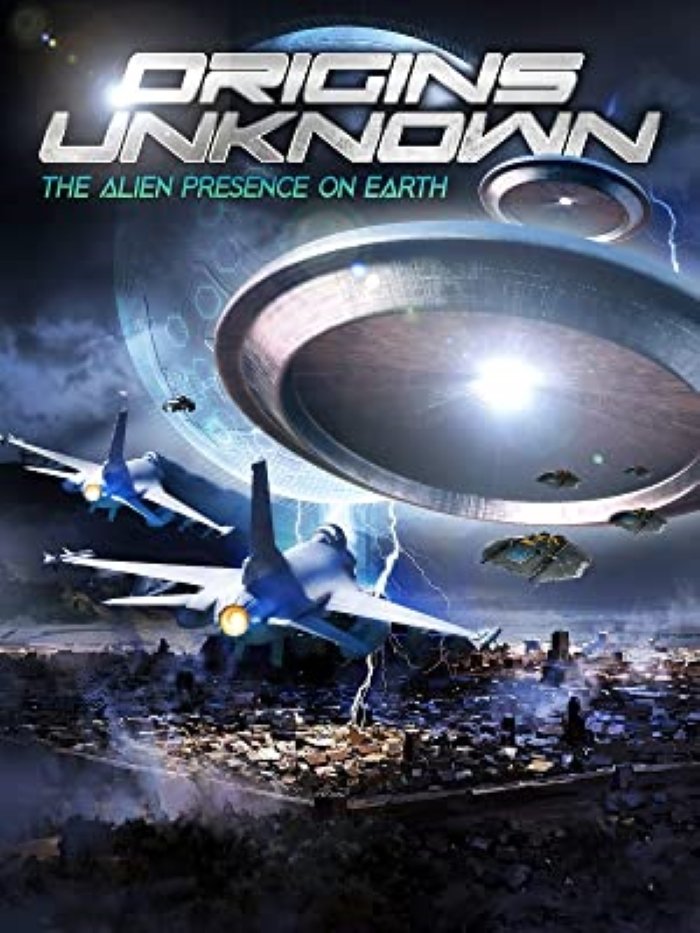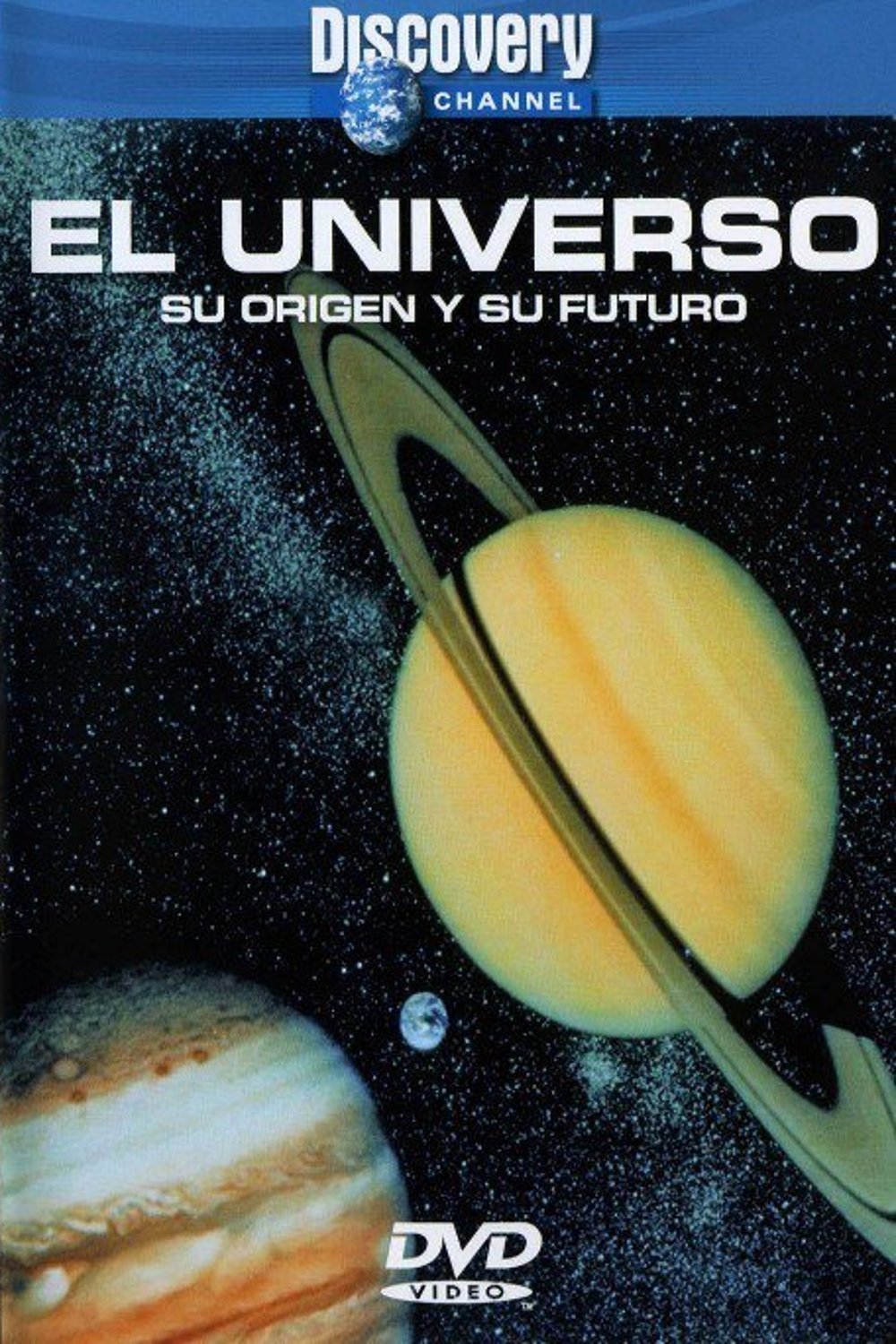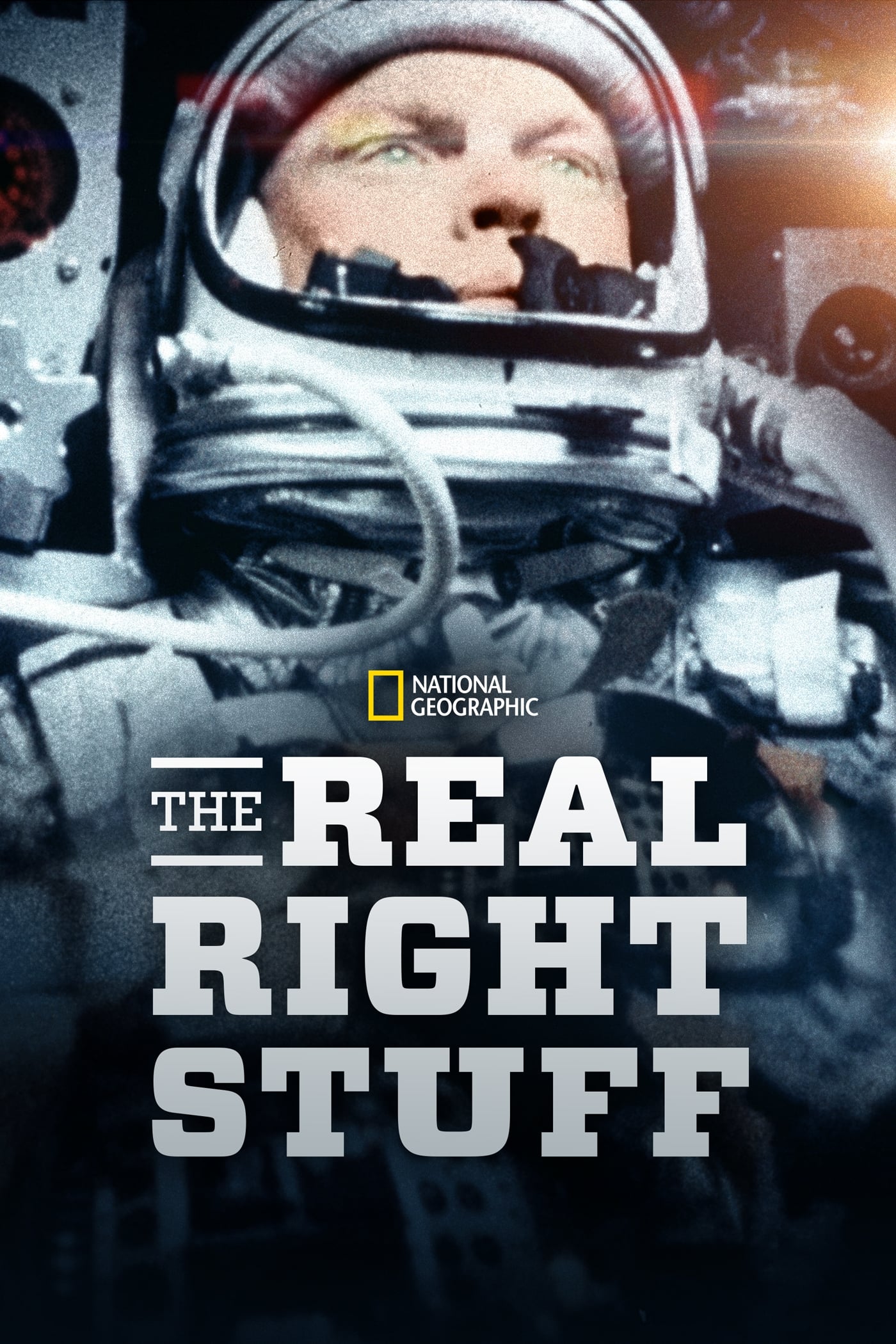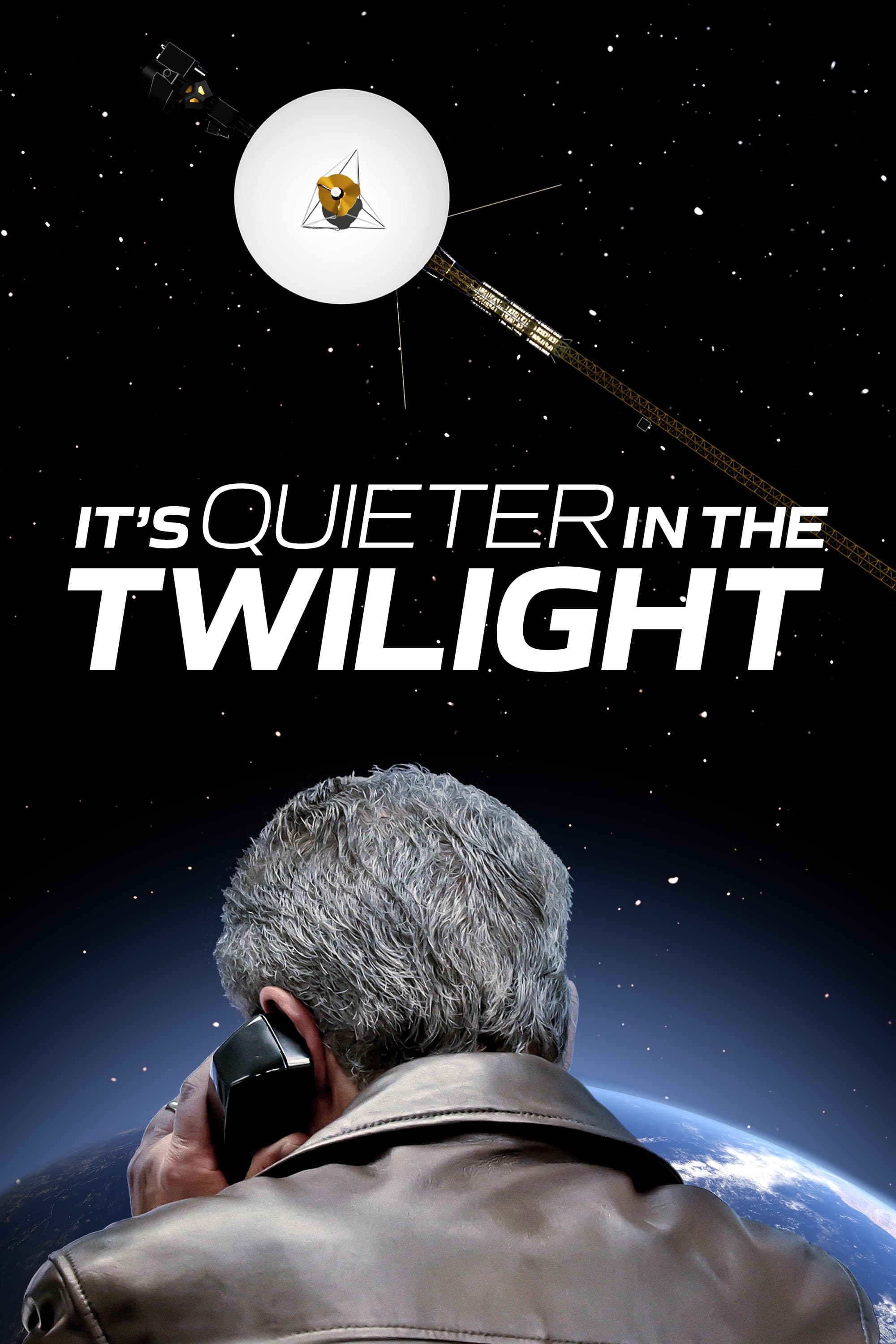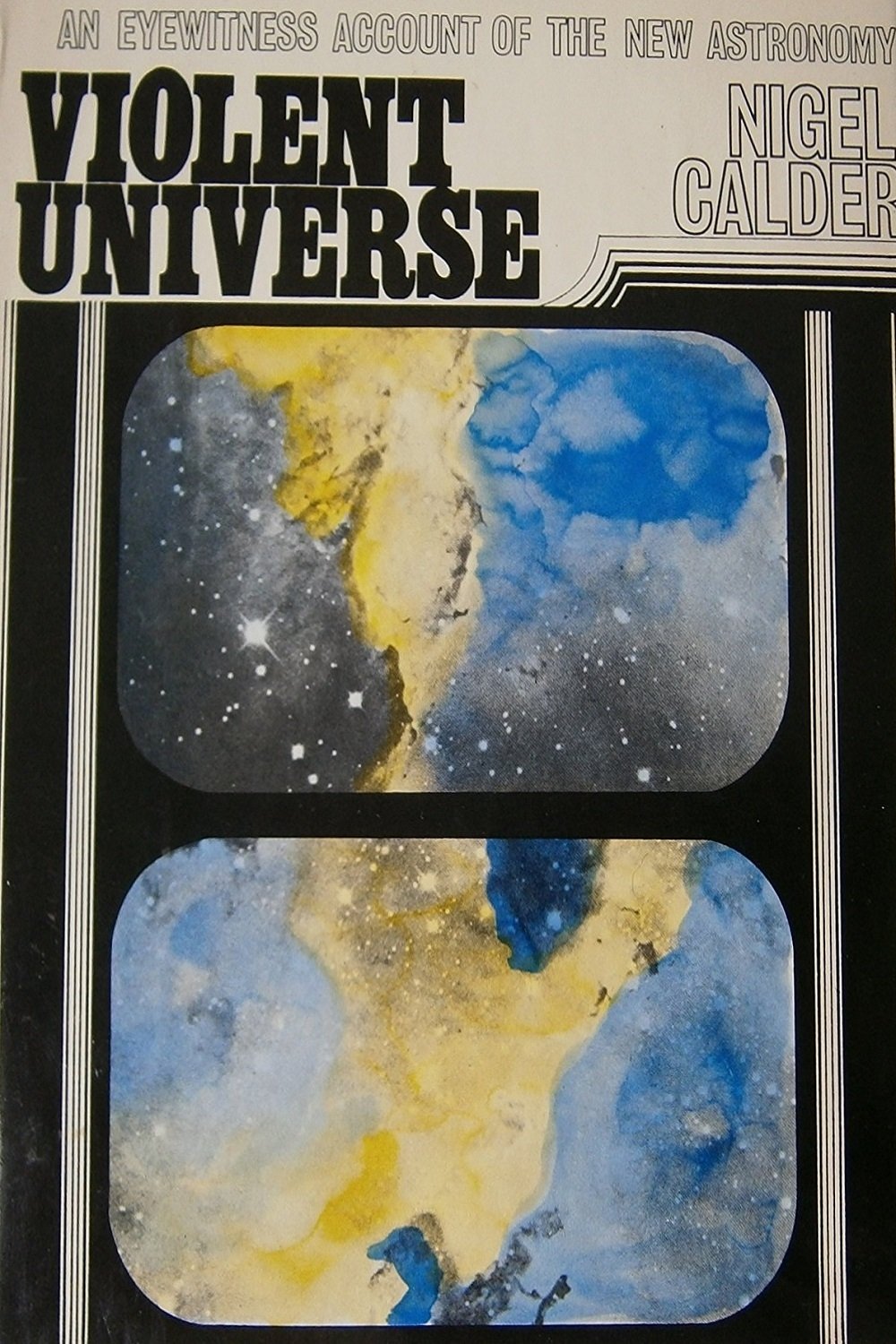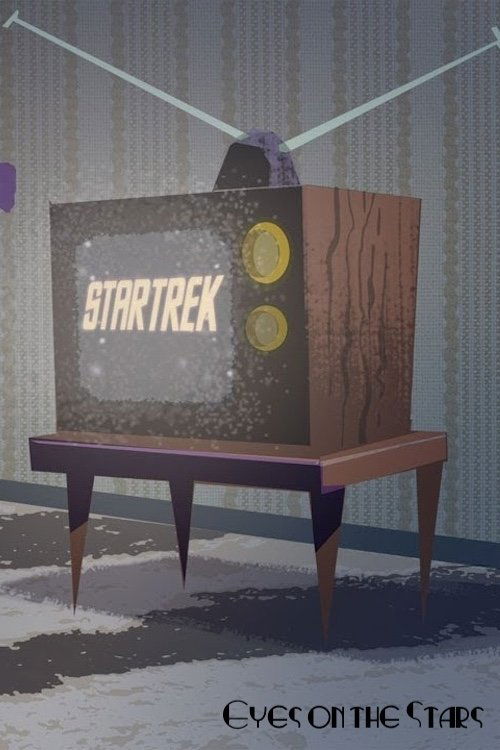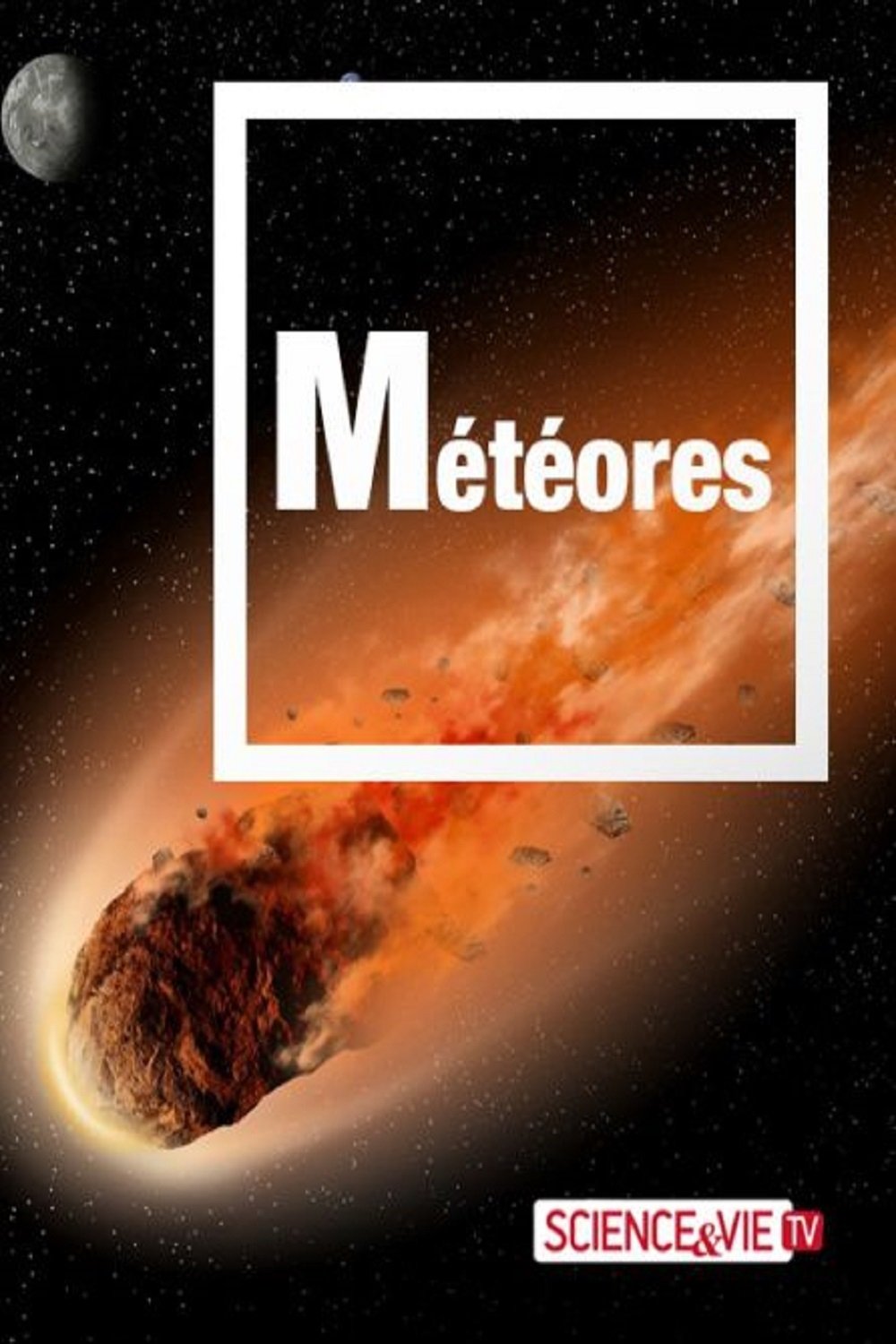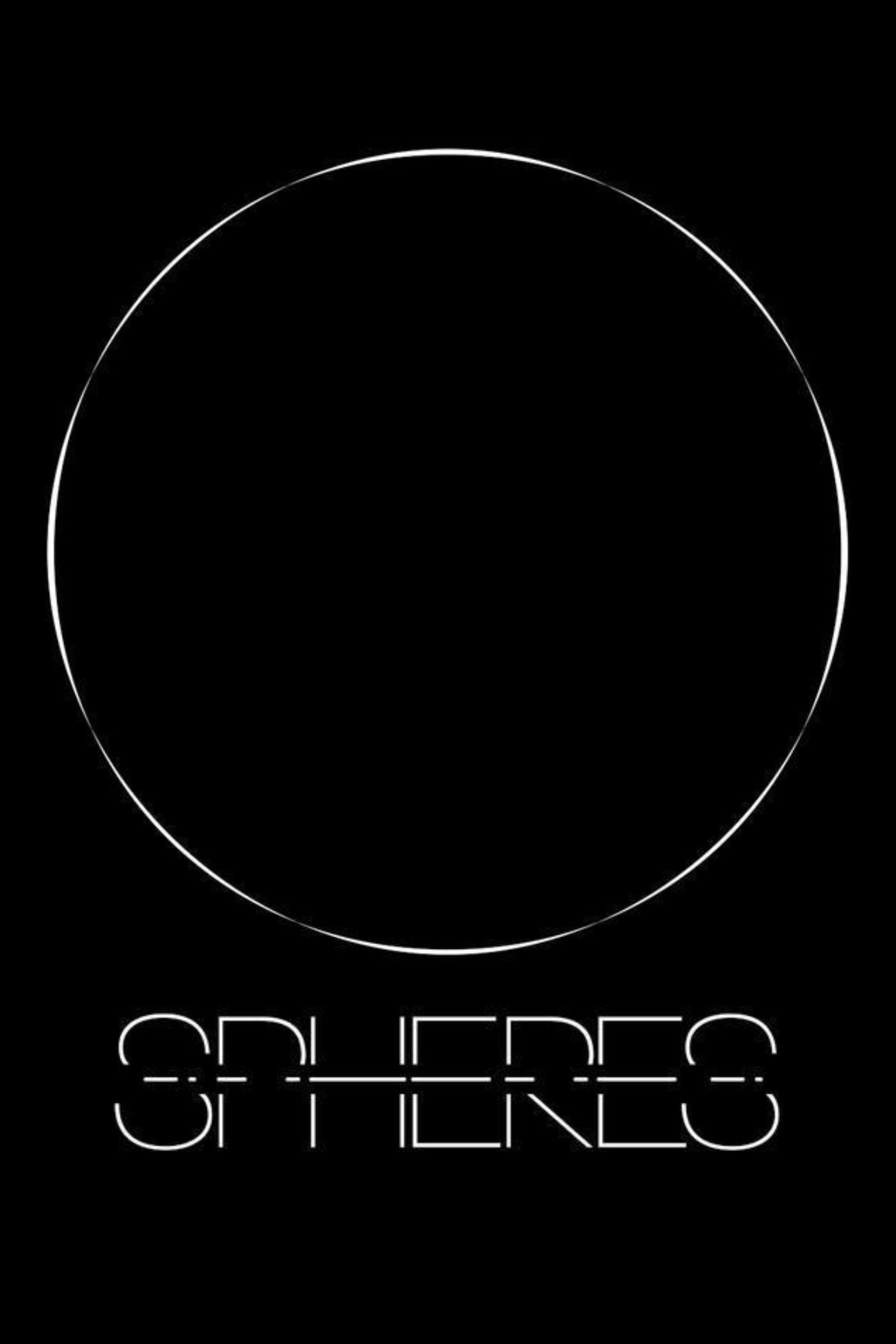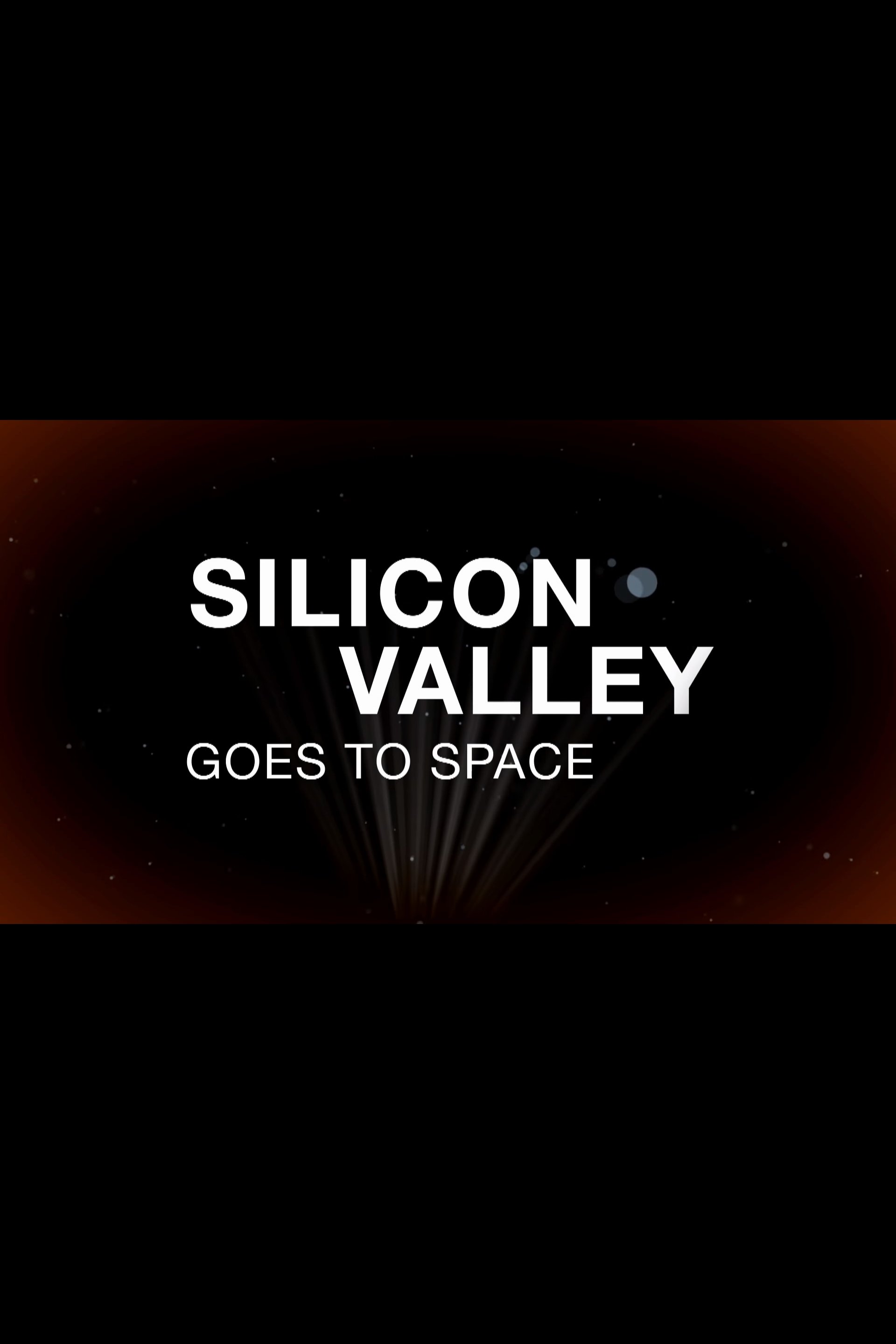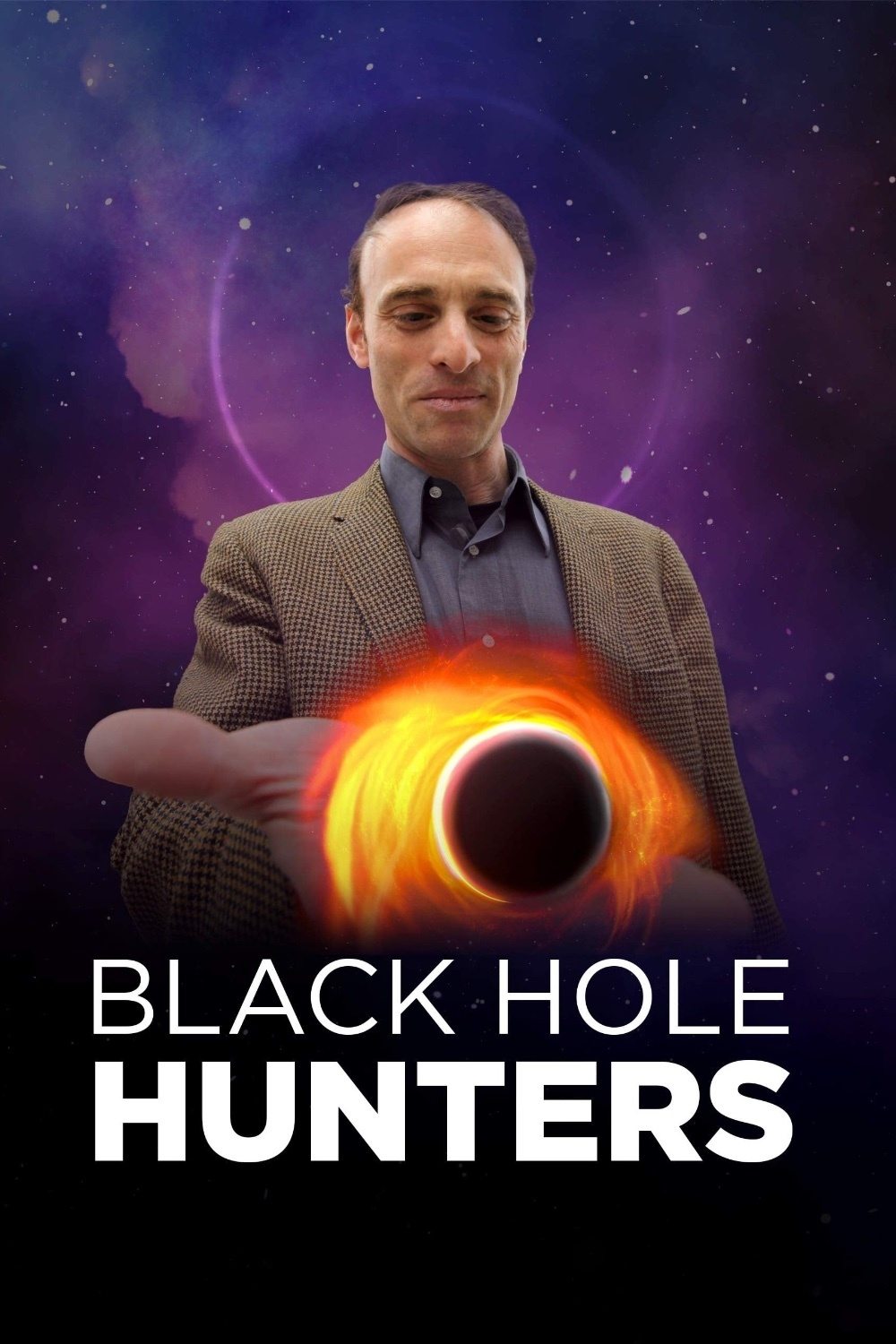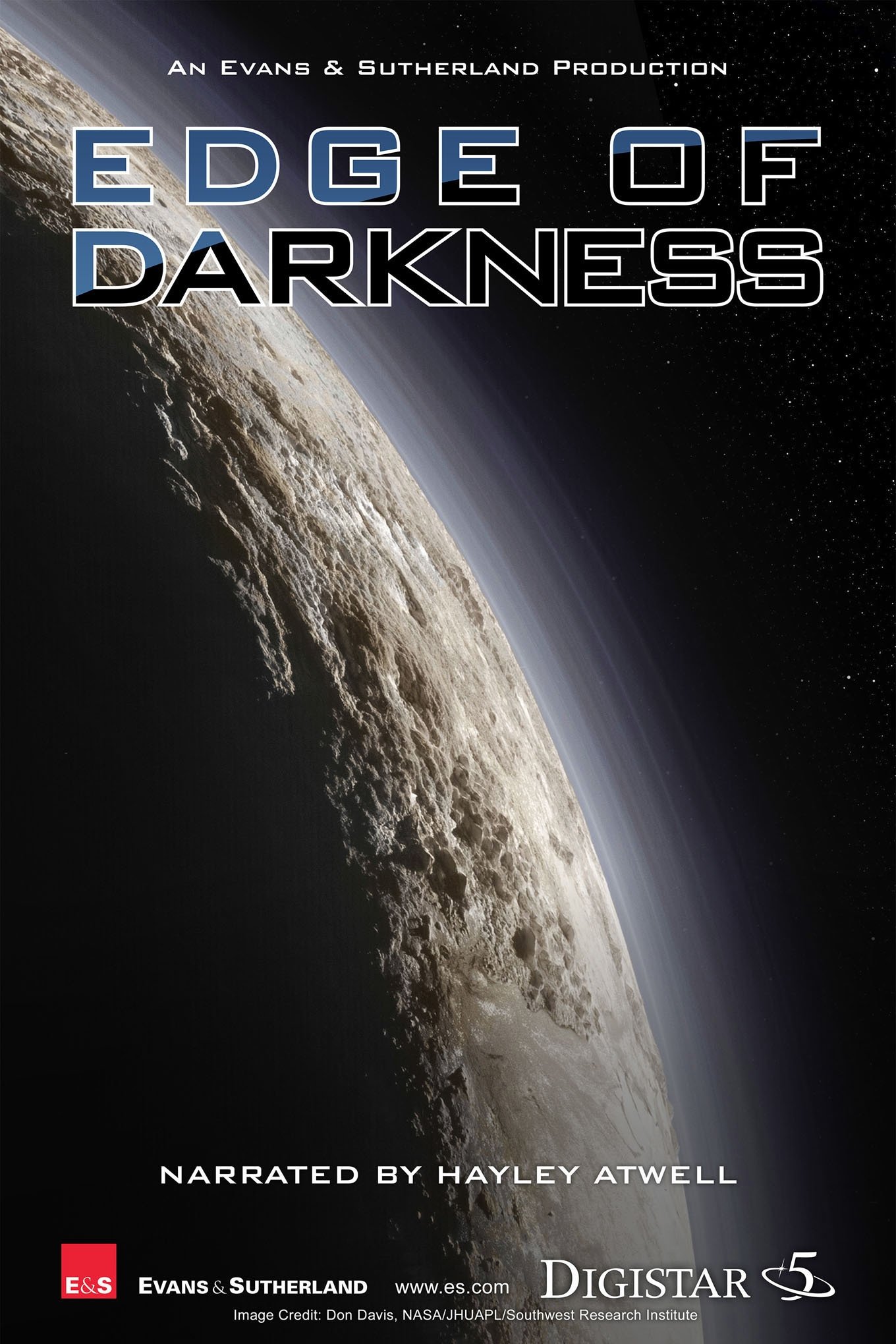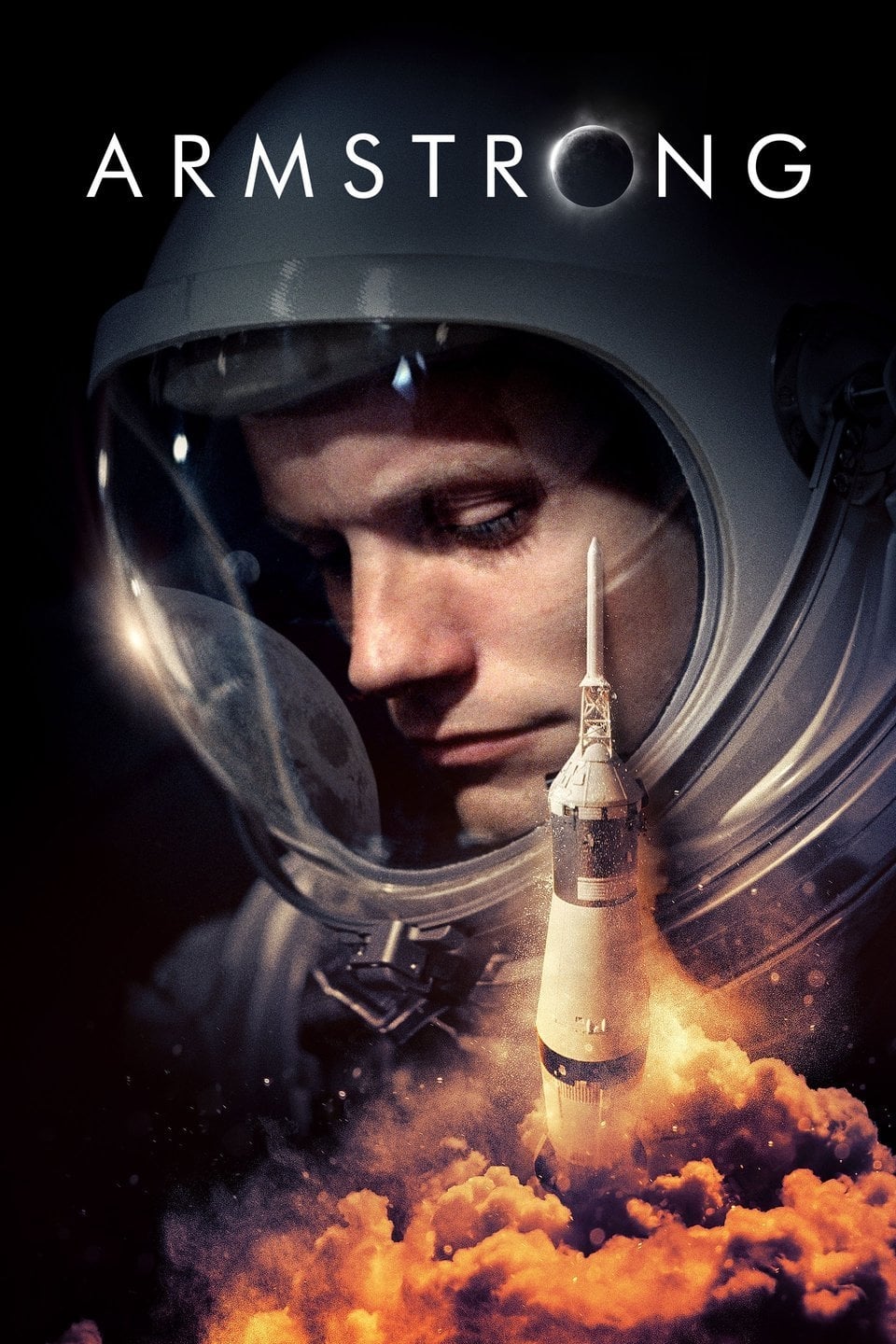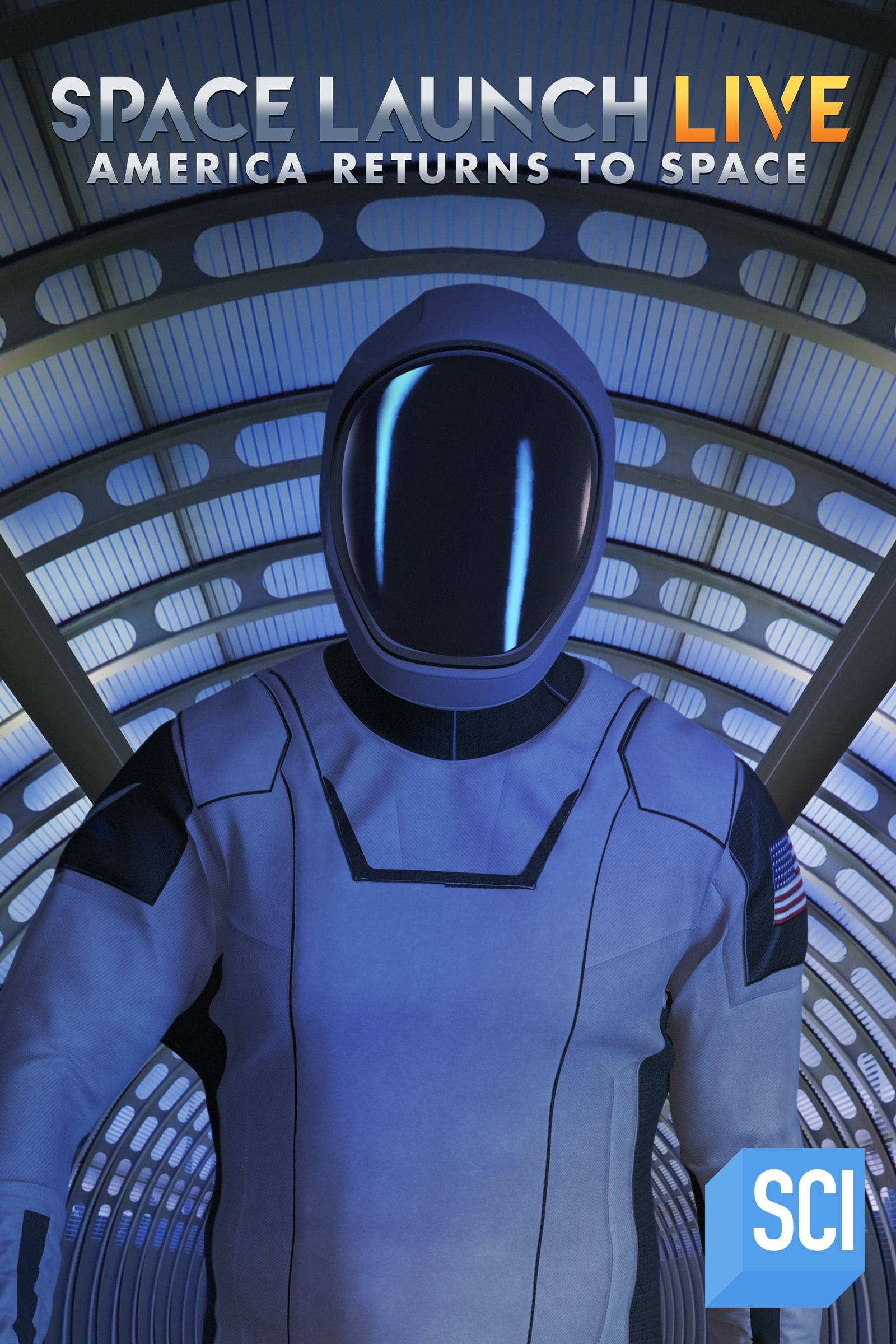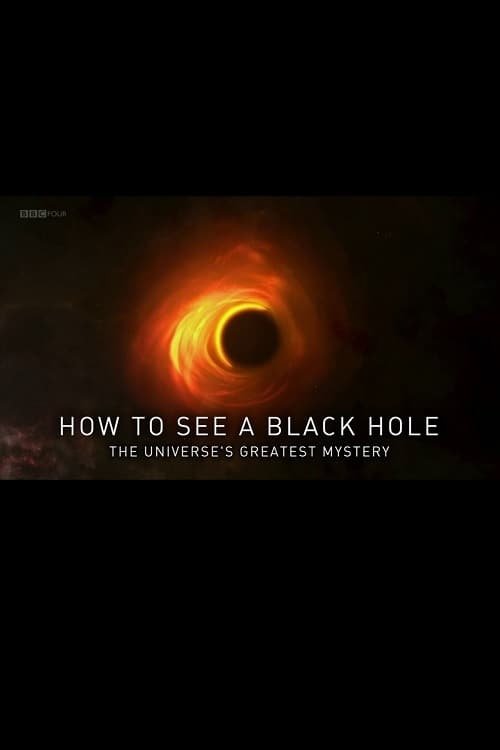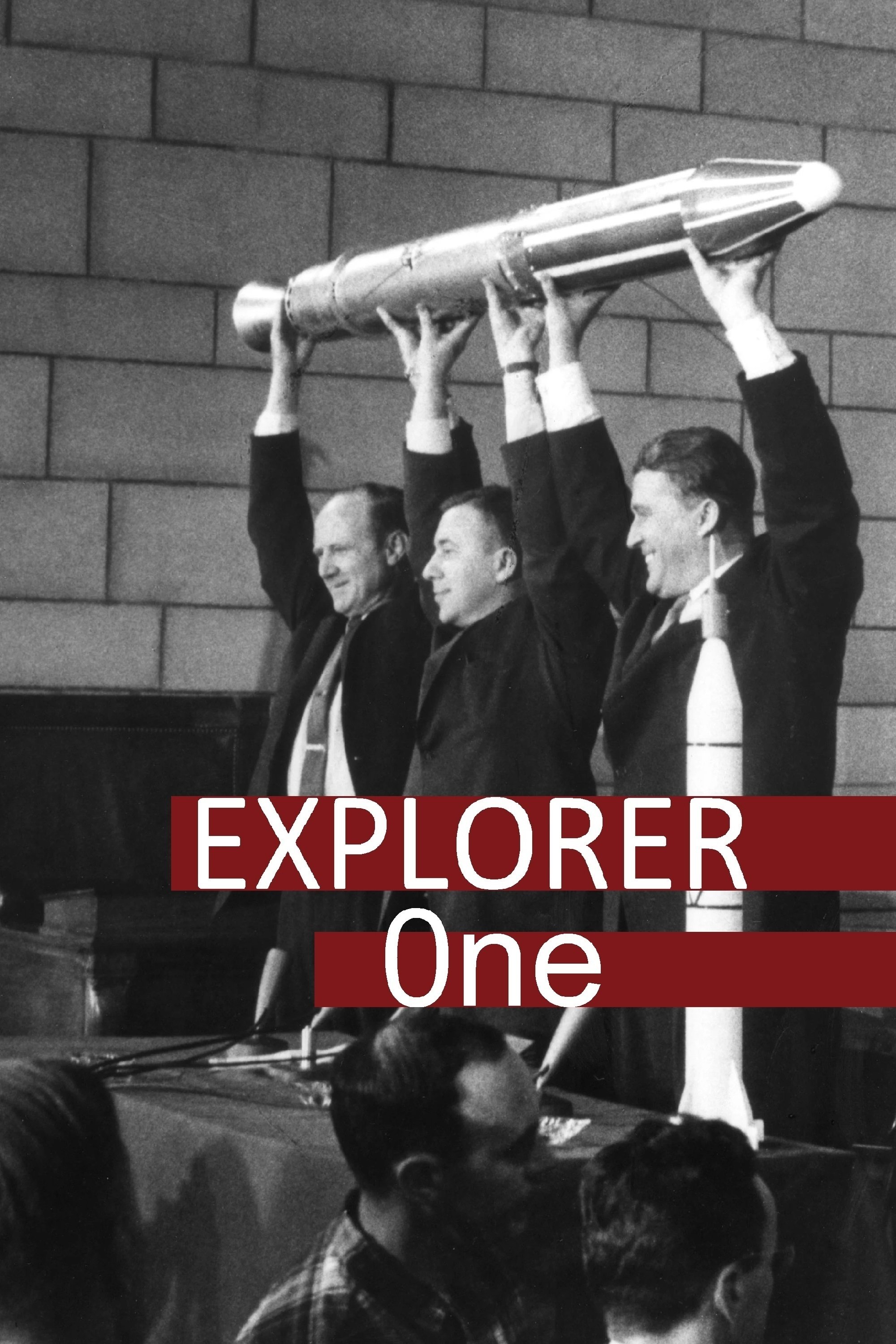
Explorer 1: The Beginning of the Space Age (2007)
Overview
"Explorer 1" is the second episode of "Beginnings Of The Space Age". The 60-minute documentary reveals how JPL and the U.S. Army could have been the first to place a satellite into Earth orbit, had they only been given the chance. That opportunity was lost when the Eisenhower administration, unsure of what the Soviet reaction would be to a satellite launched (in part) by the U.S. Army military, hesitated and assigned the project to a civilian-led program called Vanguard. The Soviet Union launched Sputnik in October 1957, shocking the world and creating the "Race for Space" in the midst of the Cold War. Only after the Vanguard rocket exploded on the launch pad were JPL and the U.S. Army given its chance. The result was Explorer 1, the first successful U.S. satellite, which also achieved the first space science results.
Production Companies
Additional Info
| Budget | $0.00 |
|---|---|
| Revenue | $0.00 |
| Original Language | en |
| Popularity | 0.009 |
Directed By
Crew
TOP CAST
Similar Movies
Origins Unknown: The Alien Presence on Earth
The alarming surge of UFO sightings, alien encounters and military disclosures over the last decade have established a foreboding reality - that in our very near future the human race will be confronted with the presence of a superior Extraterrestrial race. Powerless to resist or combat these beings, we as the human race will be sentenced to our inescapable fate. Will they consider us sentient beings and foster our growth and evolution, or will they have more nefarious intentions?
Unfolding Universe
Uncover clues about the origins of our galaxy with a team of astronomers and scientists as they strive to locate a strange presence hidden deep in the core of the galaxy. Learn how this mysterious realm harbors clues to the origin of the world and probes the future course of our galaxy and universe.
The Real Right Stuff
The story of America's first astronauts, known as the Mercury 7, told through archival news & radio reports, newly transferred & previously unheard NASA mission audio recordings, and more rare & unseen material.
It’s Quieter in the Twilight
In an unremarkable office space, a select group of aging engineers find themselves at the leading edge of discovery. Fighting outdated technology and time, Voyager’s flight-team pursues humankind’s greatest exploration.
LIFE BEYOND II: The Museum of Alien Life
What if there was a museum that contained every type of life form in the universe? This experience takes you on a tour through the possible forms alien life might take, from the eerily familiar to the utterly exotic, ranging from the inside of the Earth to the most hostile corners of the universe. New research is upending our idea of life and where it could be hiding: not just on Earth-like planets, where beings could mimic what our planet has produced, but in far flung places like the hearts of dead stars and the rings of gas giant planets. Nowhere in the universe is off limits. Only when we know what else is out there will we truly know ourselves. This thought experiment will give us a glimpse into what could be out there, how we might find it, and just how far nature’s imagination might stretch.
The Violent Universe
Thirty distinguished astronomers are visited at their observatories throughout the world in this comprehensive report of astronomical theories, research, and discoveries.
Storycorps: Eyes on the Stars
On January 28, 1986, NASA Challenger mission STS-51-L ended in tragedy when the shuttle exploded 73 seconds after takeoff. On board was physicist Ronald E. McNair, the second African American to enter space. But first, he was a kid with big dreams in Lake City, South Carolina.
Silicon Valley Goes to Space
Discover how the big, bold ideas of Silicon Valley are helping launch a new era of private space exploration in this half-hour KQED Science documentary. From space tourism to mining the moon to companies ferrying NASA astronauts into space, a new wave of commercialization is shaking up the $300-billion global space industry. Meet a new generation of entrepreneurs, sprung from the high-tech culture of Silicon Valley, who are venturing into the new "wild west" of space exploration in search of their space gold. But are there new risks when space is no longer the exclusive domain of big governments?
Stargazing Challenges
Blue Peter presenters Helen Skelton and Barney Harwood want to learn more about the solar system so they challenge scientists Helen Czerski and Jem Stansfield to find out more. They look at how to make telescopes and rockets, and use a toilet roll to measure the distances between planets.
Black Hole Hunters
A team of international scientists attempt to document the first-ever image of a black hole.
Edge of Darkness
The film features amazing scenes of places never before seen gathered by key space missions that culminated with groundbreaking discoveries in 2015. It features a spectacular flight though the great cliffs on comet 67P, a close look at the fascinating bright "lights" on Ceres, and the first ever close ups of dwarf binary planet Pluto/Charon and its moons.
Where Dreams Come True
Directed by African American William Greaves and narrated by actor Ricardo Montalban, Where Dreams Come True is a 1979 NASA film highlighting the contributions of women and minorities and encouraging more to consider a career at the agency. The documentary includes interviews with astronaut-scientists Kathryn Sullivan and Ronald McNair, research psychologist Patricia Cowings, engineer Ruben Ramos, and former astronaut and deputy administrator Frederick Gregory. Much of the work depicted in this film relates to the fledgling Space Shuttle program - which was two years away from its first mission.
Worlds largest rocket builder
It’s October 10 2020 and Kim Jong-un presents the largest mobile rocket on Earth. Jippe Liefbroer, Interaction Design student, sees the rocket and thinks: it can be bigger. For his graduation project he built 'Kimmi's worst nightmare', a 31 meter long rocket. That is 1 meter longer than Kim Jung-un's.
Blue Planet
From the unique vantage point of 200 miles above Earth's surface, we see how natural forces - volcanoes, earthquakes and hurricanes - affect our world, and how a powerful new force - humankind - has begun to alter the face of the planet. From Amazon rain forests to Serengeti grasslands, Blue Planet inspires a new appreciation of life on Earth, our only home.
How to See a Black Hole: The Universe's Greatest Mystery
Documentary following researchers as they try to take the first-ever picture of a black hole. They must travel the globe to build a revolutionary telescope that spans planet Earth.
